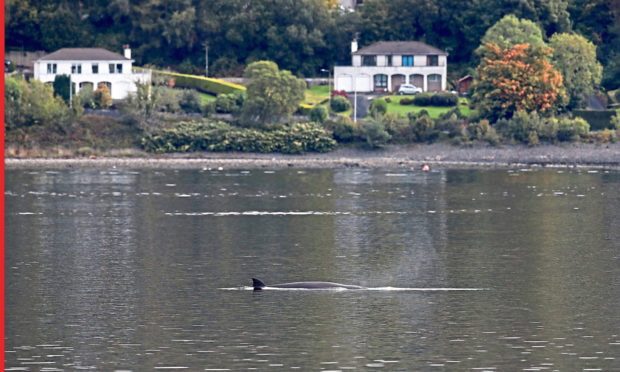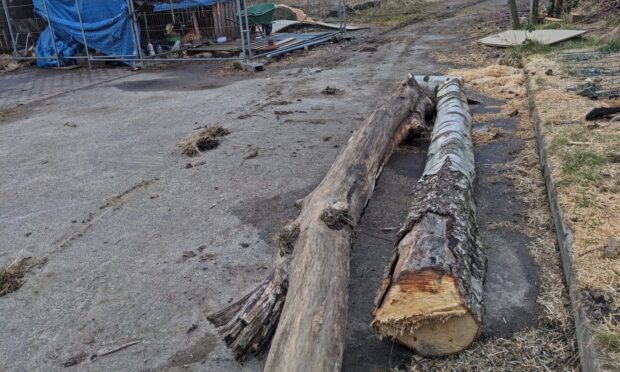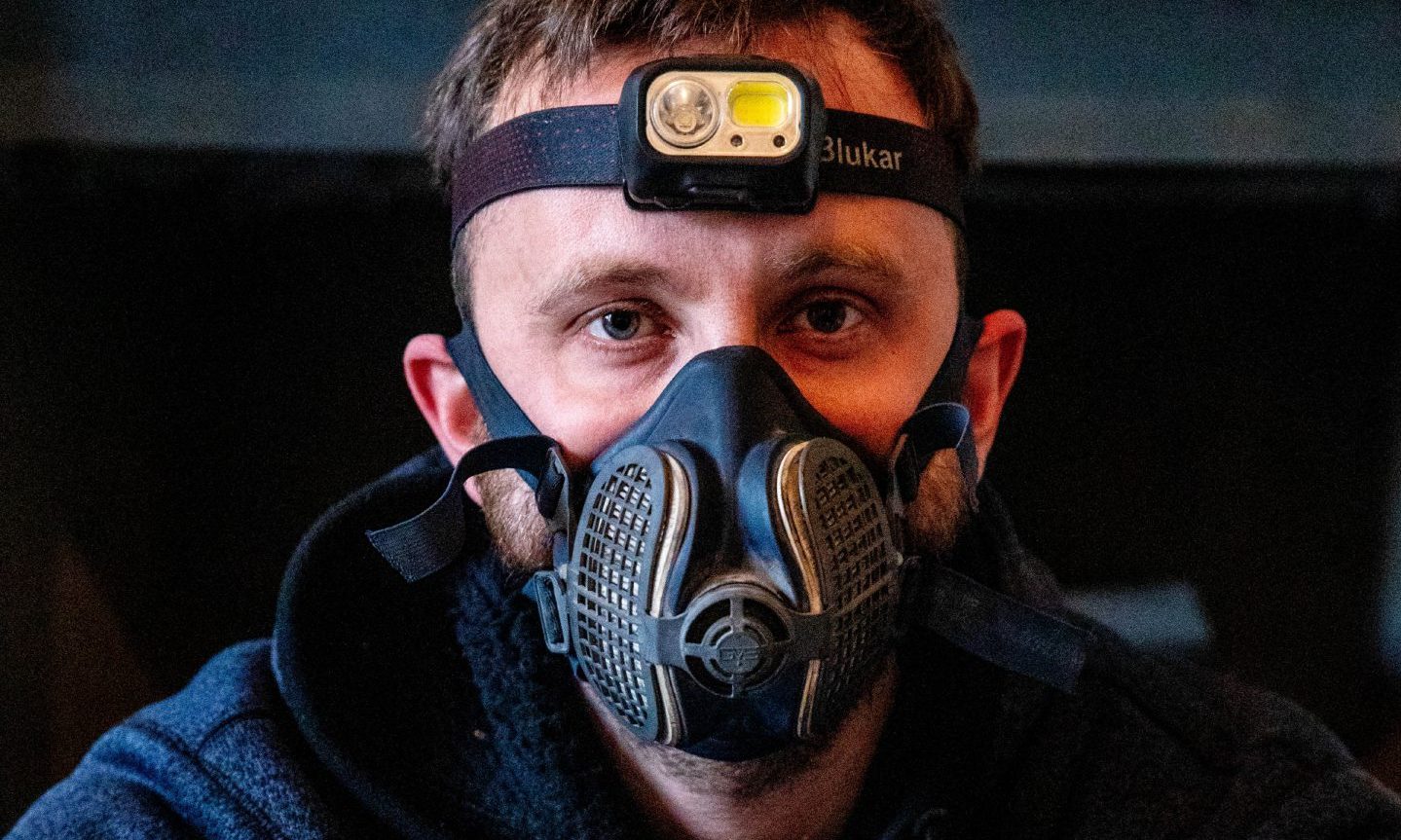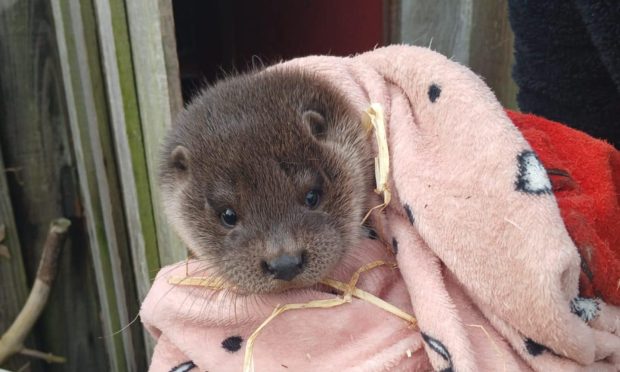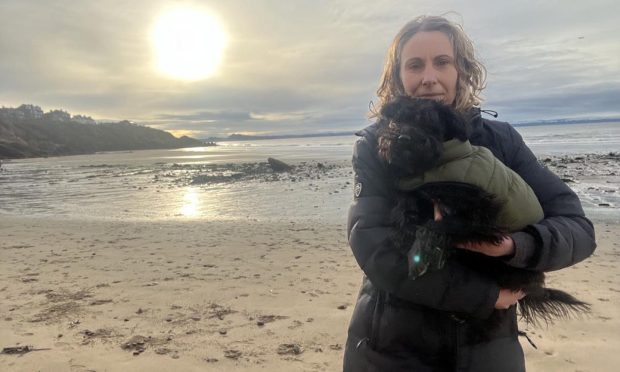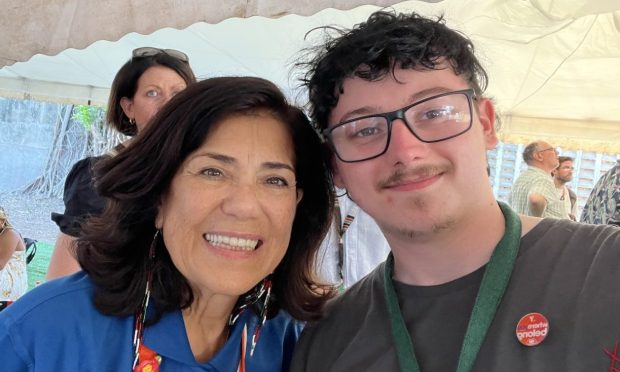Michel de Montaigne doesn’t get too many namechecks in The Courier for his book “Essays”. There again, it was published in 1693. But it came into my mind watching TV news footage of the whales in the Gare Loch. Specifically, he wrote this:
“The defect that hinders communication betwixt them and us, why may it not be on our part as well as theirs? ‘Tis yet to determine where the fault lies that we understand not one another, for we understand them no more than they do us; by the same reason they may think us beasts as we think them.”
I thought it was a very fair point. Put yourself in the whales’ position and consider what they might make of the crowds on the shore, the boats attempting with acute clumsiness (by comparison with the submarine skills of a whale) to herd them out of the narrow and shallow confines of the Gare Loch.
Add to that the fact that they are distressed or disorientated or sick, quite possibly all three. The rescue attempt has been commendable, of course it has, but in these circumstances may the whales not “think us beasts as we think them?” The trouble for all concerned – whales, rescuers and shoreline spectators – is that we are all out of our depth, the whales literally, the humans figuratively.
What we know about them
The whales are northern bottlenose whales. Here’s what we know about them. They are scarce, they hunt squid in very deep water, well over 1,000 metres deep, their dives can last more than an hour, they hunt using sonar clicks to find their prey (it’s very dark down there) but the clicks are pitched too high for human hearing. That’s about it.
The beaked whales, of which the northern bottlenose is one, are probably the least known (and therefore least understood) group of large mammals anywhere in the world. So when they get into trouble and we respond to the best of our very limited understanding, the truth is that we don’t really know what we are doing, or what they are doing.
Of all the firths and estuaries in British waters they might have got lost in, the Clyde is arguably the worst possible option, both because of the network of long, narrow, dead-end sea lochs, and the presence of submarines, whose activities are known to cause havoc with whale navigation systems. The chances are that this will not end well.
The Thames whale
You should know that this has happened before. In January, 2006, a northern bottlenose whale appeared in the Thames and swam all the way into London. Thousands thronged the banks between Chelsea and Battersea Bridge to watch the rescue attempt. The whale died. But that was not the end of the story. Most stranded whale carcasses end up as landfill. Not this one. Priority access to whales that strand is the prerogative of scientists at the Natural History Unit. What gave this whale an afterlife was that when it died it was as near as makes very little difference to the Natural History Museum’s doorstep. The museum had a very fresh and very scarce specimen to work with. It became SW.2006/40.
Principal curator Richard Sabin said in an interview in 2017 that the number “marks the transition from living animal to research specimen”. That, you may remember, was the year the blue whale skeleton became the sensational star exhibit at the museum, and the museum staged an exhibition, ‘Whale: the story beneath’. It provided a rare afterlife opportunity for SW,2006/40 to be seen in public again. Mr Sabin said something very interesting about our response as a species to what unfolded in the Thames in 2006, and by association what has unfolded in the Gare Loch, and for that matter, what unfolded in the Firth of Tay in 1883 when thousands flocked to the banks to watch a humpback whale (how does it go again?), “Resolved for a few days to sport and play/And devour the small fishes in the silvery Tay”.
“There is little doubt,” said Mr Sabin, “people have invested varying degrees of emotion in the Thames whale and what it represents to them. That ranges from it being emblematic of the state of the world’s oceans, a struggle to survive by a creature trapped in the wrong environment, or just a reminder that the wild is not so far away from our doorsteps.”
As if the odds against the Gare Loch whales were not stacked ominously enough, there is the colossal complication of an impending international military exercise around the Firth of Clyde, the site chosen largely because it houses the obscenity that is our nuclear submarine “deterrent” in the Holy Loch. Whale conservation is a global movement, endorsed by many governments including ours. Wouldn’t it be an amazing acknowledgment of the emotion people have also invested in the Gare Loch whales if those governments involved in the Clyde exercise had decided unanimously that adding to the stress of five desperate northern bottlenose whales – possibly fatally – was too high a price to pay for their war games?
